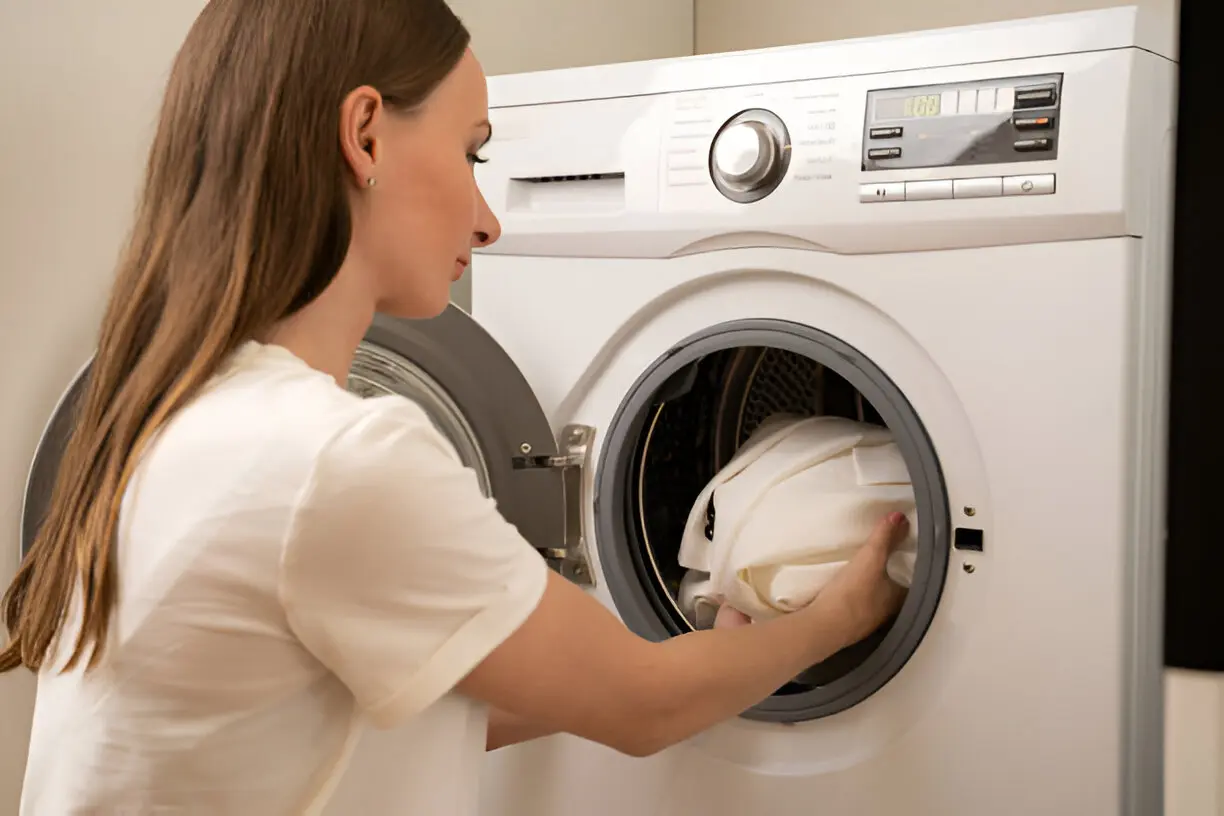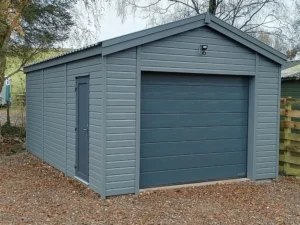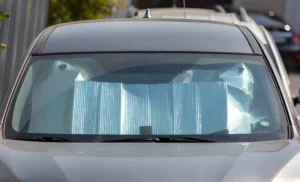Fitting a washing machine in London isn’t always as straightforward as it sounds. With tight hallways, compact flats, and older plumbing systems, the process can feel like a puzzle. But with the right approach, setting up your washer can be stress-free and even satisfying.
This guide breaks down the entire process, from choosing the right model for your space to making sure it’s installed perfectly. Whether you’re moving into a new flat or upgrading an old machine, these tips will make your laundry setup hassle-free.
Choosing the Right Washing Machine for Your London Home
When you live in a London flat, space is everything. Before anything else, grab a tape measure and check the area where your washing machine will live. Measure doorways and corridors too, so you don’t want to discover your machine won’t fit through the front door on delivery day.
Think about load size and energy efficiency as well. A smaller capacity machine may work fine for one or two people but could struggle with family-sized laundry piles.
Energy ratings also matter since a more efficient model can shave pounds off your electricity bills and is kinder to the environment.
London’s unique water pressure and older plumbing systems can throw some models off their game. Check reviews for machines that perform well in the city and ask neighbours or friends for recommendations. A little research now can save a lot of headaches later.
Preparing for Installation
A smooth installation starts with preparation. Clear out the area around the old washer or where the new one will sit. Dust and debris can cause issues, so give the space a good clean while it’s empty.
Check the floor’s stability. Washing machines are heavy and vibrate during spin cycles. A flat, solid surface helps prevent movement and reduces noise later on. Protect delicate flooring with a mat or sheet to avoid scratches as you slide the unit into place.
Before the delivery, ensure there’s easy access. Tight London hallways can make manoeuvring tricky, so remove obstacles like furniture or boxes.
If you’re unsure about plumbing or suspect the pipework needs upgrading, it’s wise to book a professional installer. This small investment could save you from leaks or damage later.
Gathering Tools and Materials
Having the right tools ready speeds up the process. Essentials include adjustable wrenches, screwdrivers, and pliers. Keep a bucket and towel handy for small water spills when disconnecting old hoses or testing new connections.
Read the washing machine’s manual before starting. It contains specific instructions for your model and can help avoid simple mistakes.
Double-check you’ve received all parts—hoses, clamps, and fittings—before beginning. Missing pieces can bring the process to a frustrating halt.
With everything in place, you’ll find installation far smoother, even in a cramped London kitchen or utility space.
Connecting the Water Supply
Hooking up the water supply hose may seem simple, but doing it right is crucial for leak-free performance. Start by connecting one end of the hose to the machine’s inlet valve. Tighten by hand first, then use a wrench gently if needed.
Next, attach the other end to the cold water tap. Make sure the hose isn’t kinked or twisted, as this could restrict water flow. A small strip of Teflon tape on the threads provides a better seal and helps prevent drips.
Before moving on, turn the tap on and watch for leaks. A quick inspection now can save you from coming home to a flooded kitchen. Taking a few extra minutes here ensures your washing machine gets the water it needs without creating any unwanted mess.
Installing the Drainage Hose
The drainage hose is another key connection. Secure it properly so it doesn’t pop out mid-cycle when water is being pumped out forcefully.
Ideally, position the hose at least 60 centimetres off the floor to prevent backflow. Check for bends or kinks that could slow drainage and cause water to pool in the drum.
Run a test cycle to check the flow. Look for leaks around the connection points and listen for unusual gurgling noises that could signal a blockage. A correctly installed drainage hose keeps your machine efficient and protects your floors from accidental floods.
Leveling the Machine for Peak Performance
An unbalanced washing machine can quickly turn laundry day into a noisy, shaky mess. It’s also one of the fastest ways to wear out the motor and drum bearings.
Start by adjusting the feet until the machine sits solidly on all four corners. Give it a gentle push from side to side—if it rocks, tweak the feet again. A spirit level placed on top of the washer helps ensure it’s perfectly aligned both front to back and side to side.
This small step pays off big. A level washing machine spins more quietly, vibrates less, and extends the lifespan of internal parts. It also means clothes are washed more evenly and efficiently. Taking time to level your machine now can spare you from costly repairs and endless thumping noises later.
Final Checks Before First Use
Once everything is connected and level, it’s time for a trial run. Set the washer on a short, empty cycle to check all systems are go. Watch for leaks around the hoses, listen for strange noises, and ensure water drains properly.
If you notice anything unusual, pause the cycle and investigate immediately. Small issues are easier to fix before the machine is loaded with clothes and water. A successful test run means you’re ready for laundry without worry.
Why Professional Installation Might Be Worth It
While DIY installation saves money upfront, London’s compact flats and quirky plumbing often make professional help a smart choice. Certified installers know how to handle awkward spaces and outdated pipework.
They can also advise on water pressure issues and check your electrical outlets meet safety standards. This expertise reduces the chance of errors that could lead to expensive water damage or void your machine’s warranty.
Think of it as paying for peace of mind. With an expert handling the tricky parts, you’re free to enjoy a stress-free laundry setup.
Conclusion
Setting up a washing machine in London doesn’t have to be daunting. With careful preparation and a methodical approach, you can handle most installations confidently.
From picking the right model to checking for leaks and levelling the machine, every step matters in keeping your laundry days smooth and hassle-free.
If in doubt, call a pro. It’s a small price to pay for guaranteed safety and performance. Once your washer’s running like a dream, you can relax and enjoy the simplicity it brings to your daily routine. After all, in a busy city like London, one less worry is always a win.
Also Read-Home Nursing Services: Personalized Care in the Comfort of Your Home










